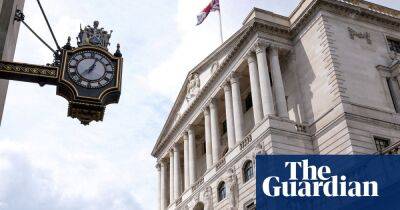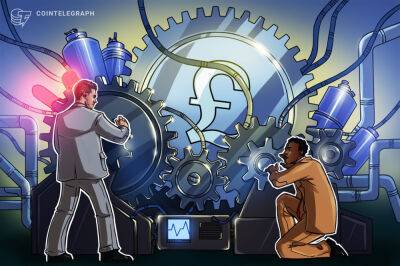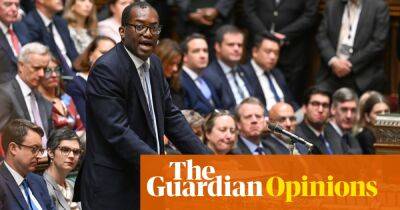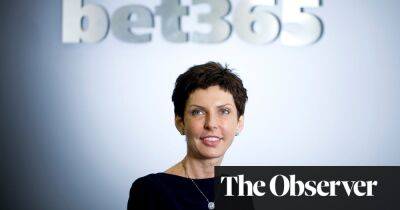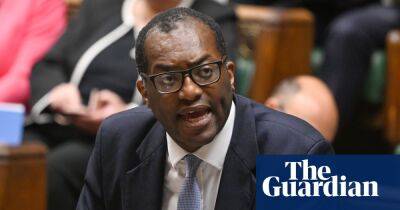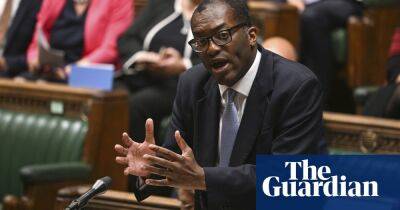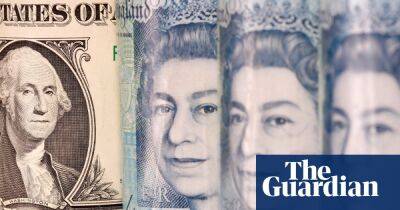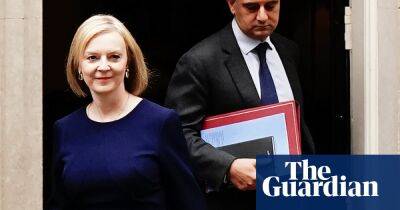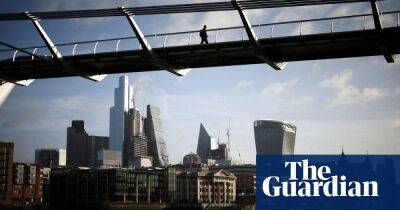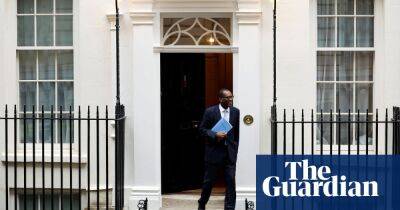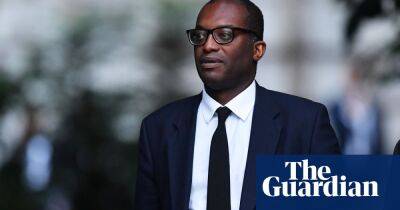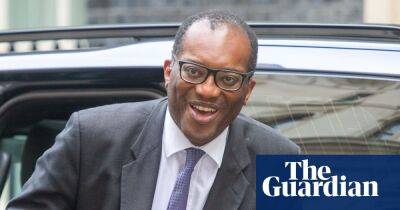Biggest interest rate rise for 25 years could spell showdown at the Bank
A lightning strike from the Bank of England awaits. Having delayed its decision until after the period of national mourning for the death of the Queen, Threadneedle Street could this week launch the biggest rise in borrowing costs for at least 25 years.
Announcing its plans a day before Kwasi Kwarteng’s mini-budget on Friday, the central bank is widely expected to use a fast and forceful rate increase to show its commitment to tackling soaring borrowing costs – despite the gathering storm clouds for the British economy.
City economists reckon a 0.5 percentage point rise will be the bare minimum, up from the current level of 1.75%, in a seventh consecutive rate rise – the most aggressive tightening cycle since at least 1997 when Gordon Brown’s first act as chancellor handed the Bank independence to set borrowing costs.
A tougher 0.75-point rise could be deployed, however. Threadneedle Street will not want to be left drowning in the wake of the US Federal Reserve, with the US central bank set to raise rates sharply on Wednesday after figures last week showed a much stickier picture for inflation in the world’s largest economy.
On this side of the pond, inflation may have dipped in August from 10.1% in July but remains close to its highest level since 1982 at 9.9% – almost five times the Bank’s 2% target rate – amid rising prices for food and other basic essentials.
Official figures showed unemployment dropped to its lowest since 1974, while job vacancies remained high, giving the Bank some indication of strength in the economy despite the looming risks of recession. Annual wage growth before inflation is taken into account – a key metric watched by the Bank – rose, even as workers continue to feel the pinch as inflation
Read more on theguardian.com

